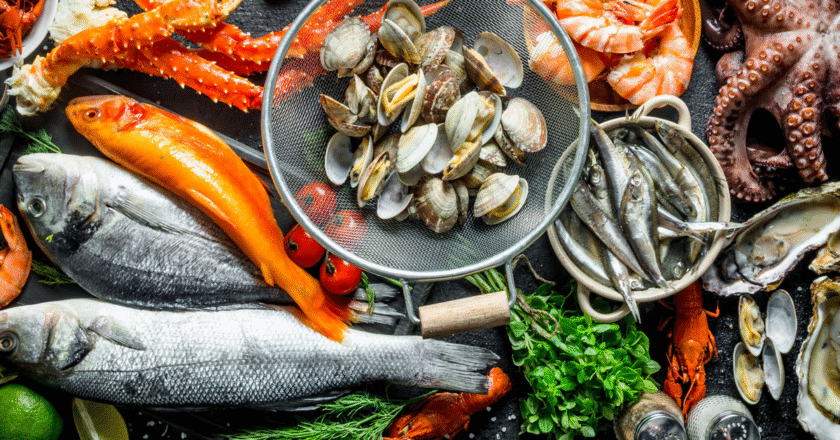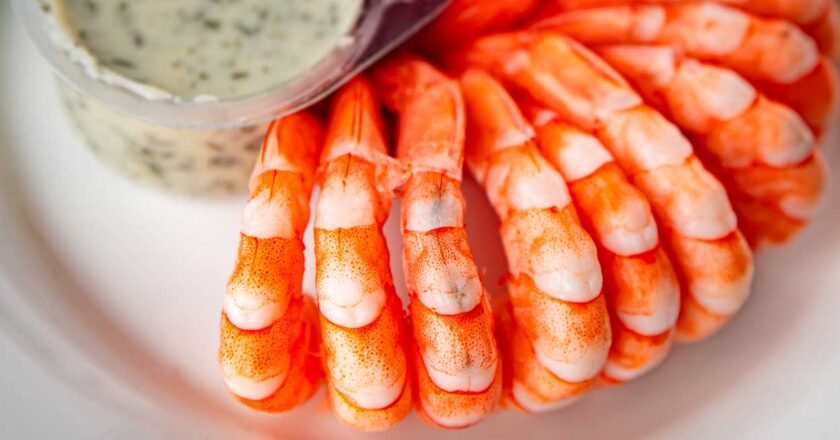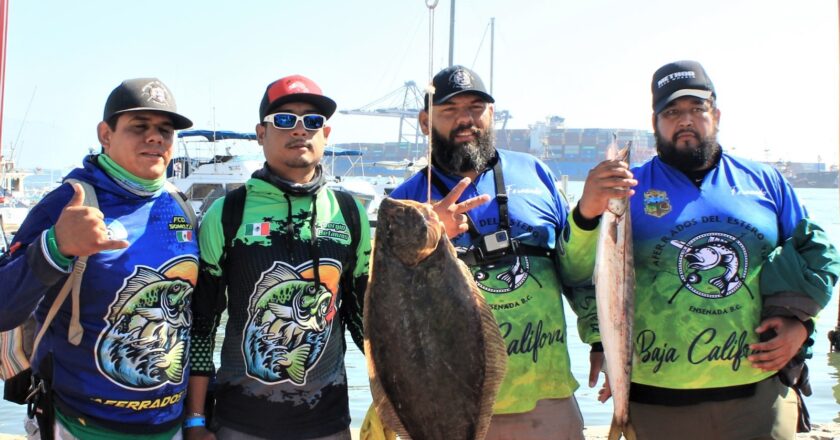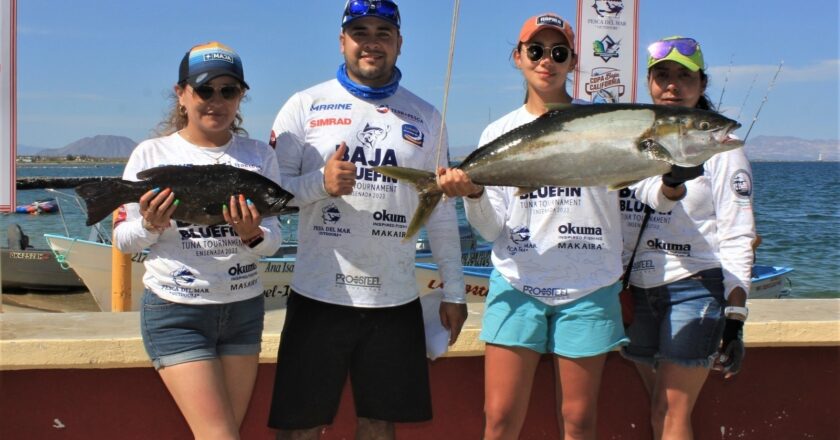If you’ve eaten oysters in France, mussels in Japan, or bluefin tuna in New York, there’s a good chance it …


If you’ve eaten oysters in France, mussels in Japan, or bluefin tuna in New York, there’s a good chance it …

Shrimp season is back, and Baja California is ready to cast its nets. The National Closed Season Committee just marked …

ENSENADA – Ready to hook half a million pesos? The international sportfishing tournament Dos Mares Baja California drops anchor this …

Get your rods ready! The much-anticipated “Dos Mares Baja” International Sportfishing Tournament is dropping anchor this weekend in Bahía de …